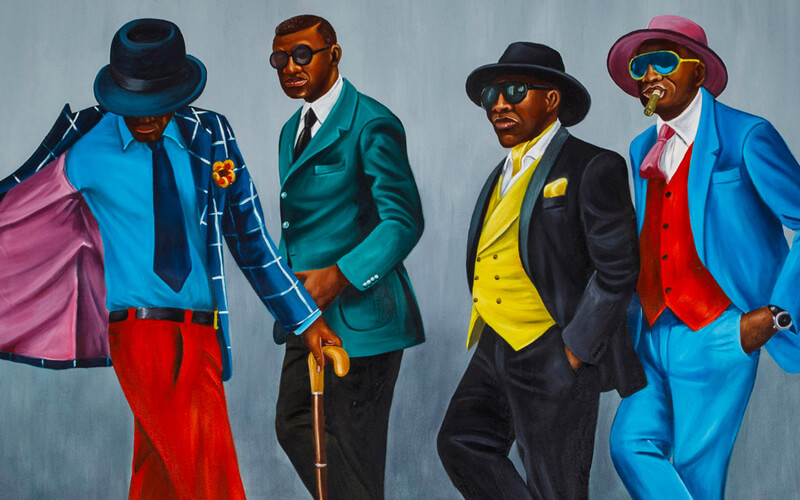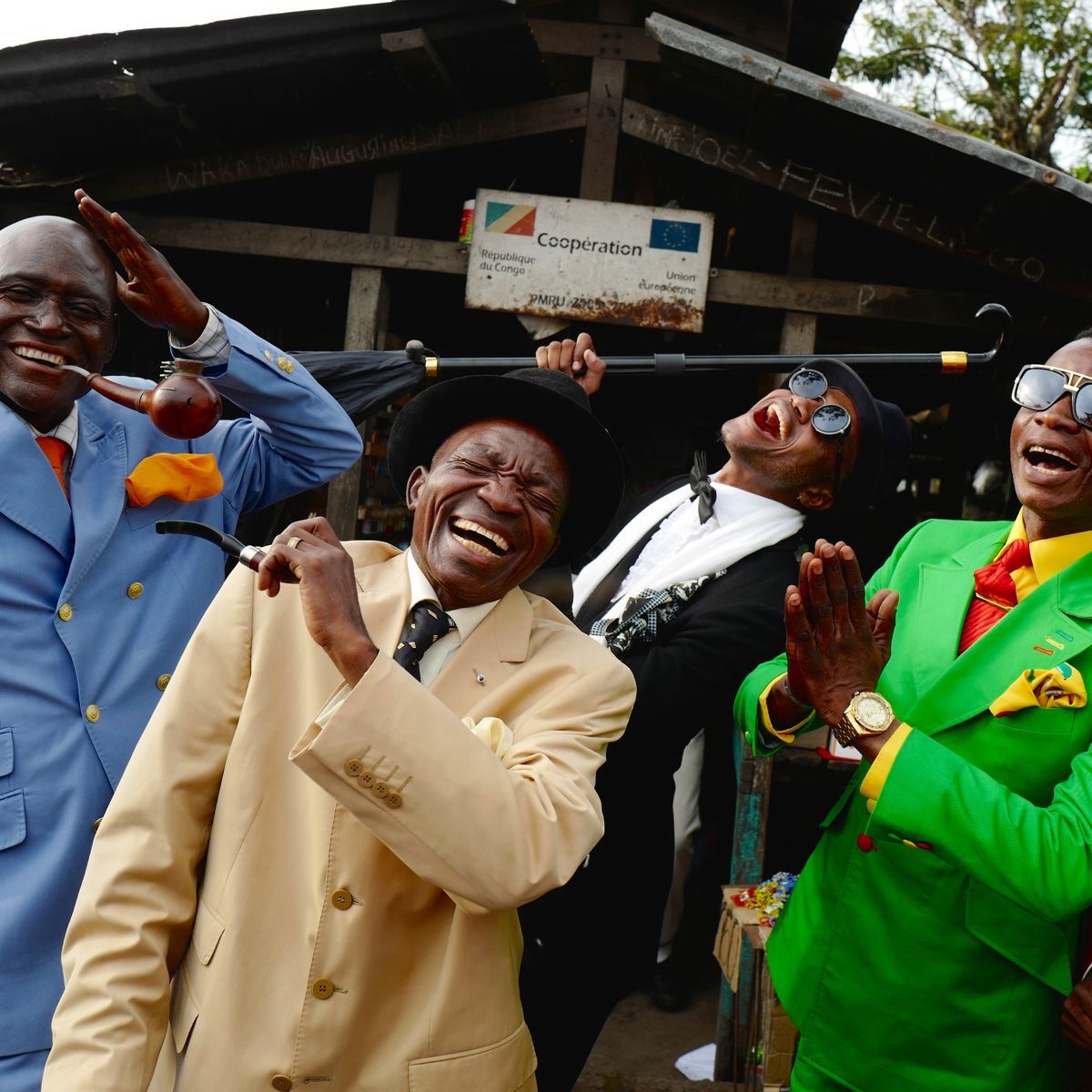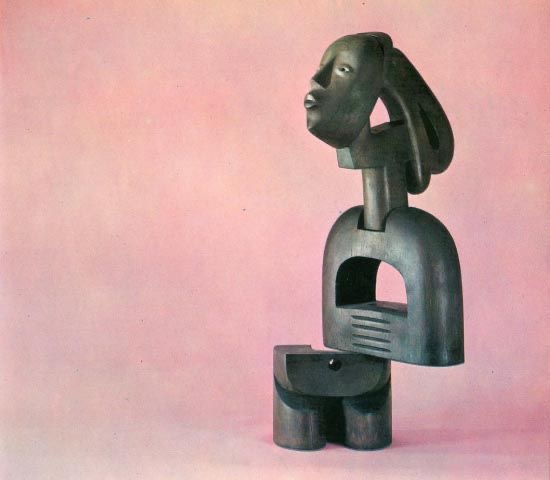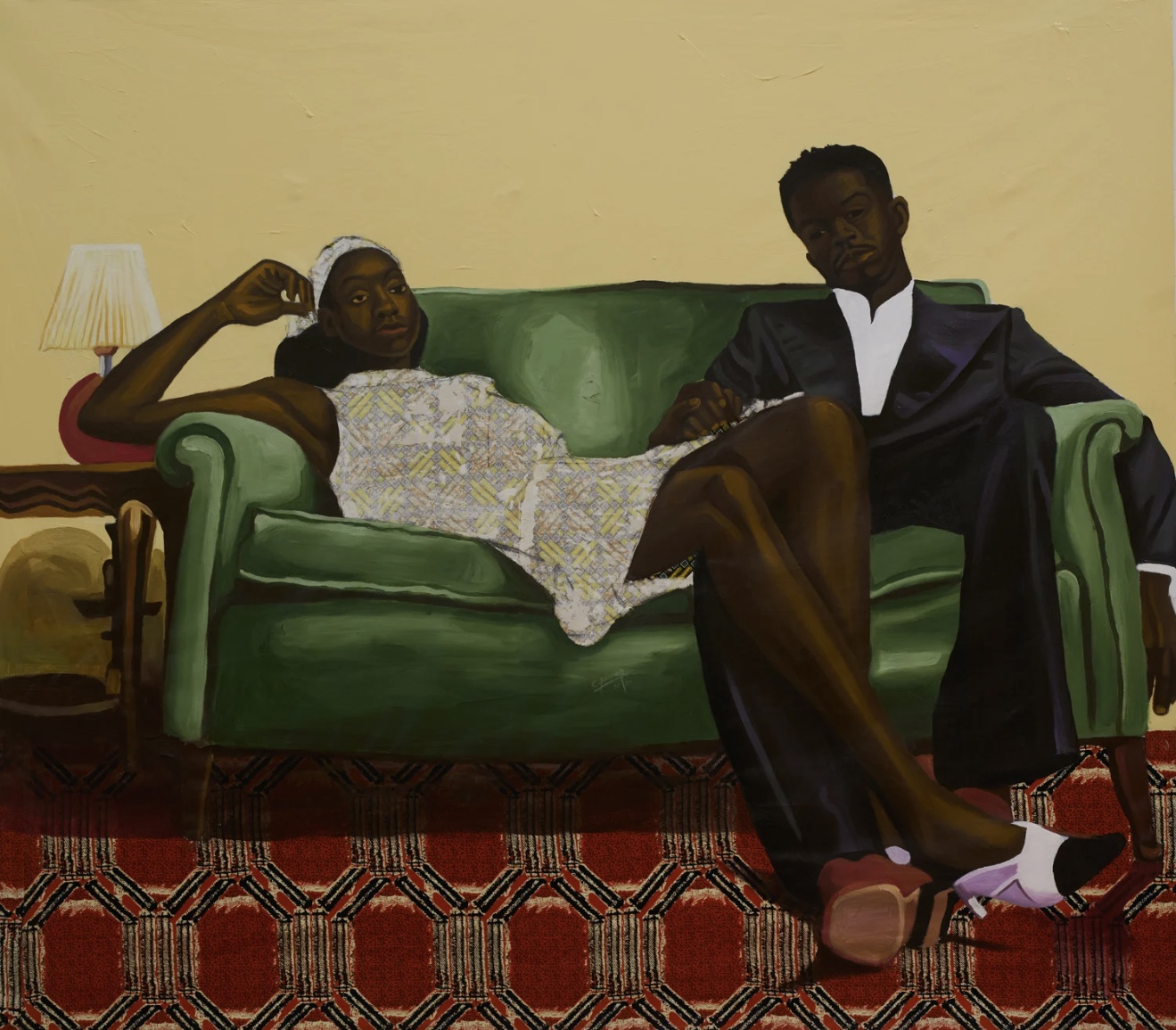Leandro Mbomio Nsue, often called “The Black Picasso,” was a groundbreaking sculptor from Equatorial Guinea whose work merged Bantu identity with European technique. Trained in Spain and connected to figures like Salvador Dalí, Mbomio used his art to explore themes of power, memory, and African pride.
In Brazzaville and Kinshasa, a suit is never just a suit. La Sapologie is a culture where people dress up not to impress the West but to stand out on their own streets. Bright colours, polished shoes, tailored jackets, all of it flips the idea of European style into something personal and powerful.
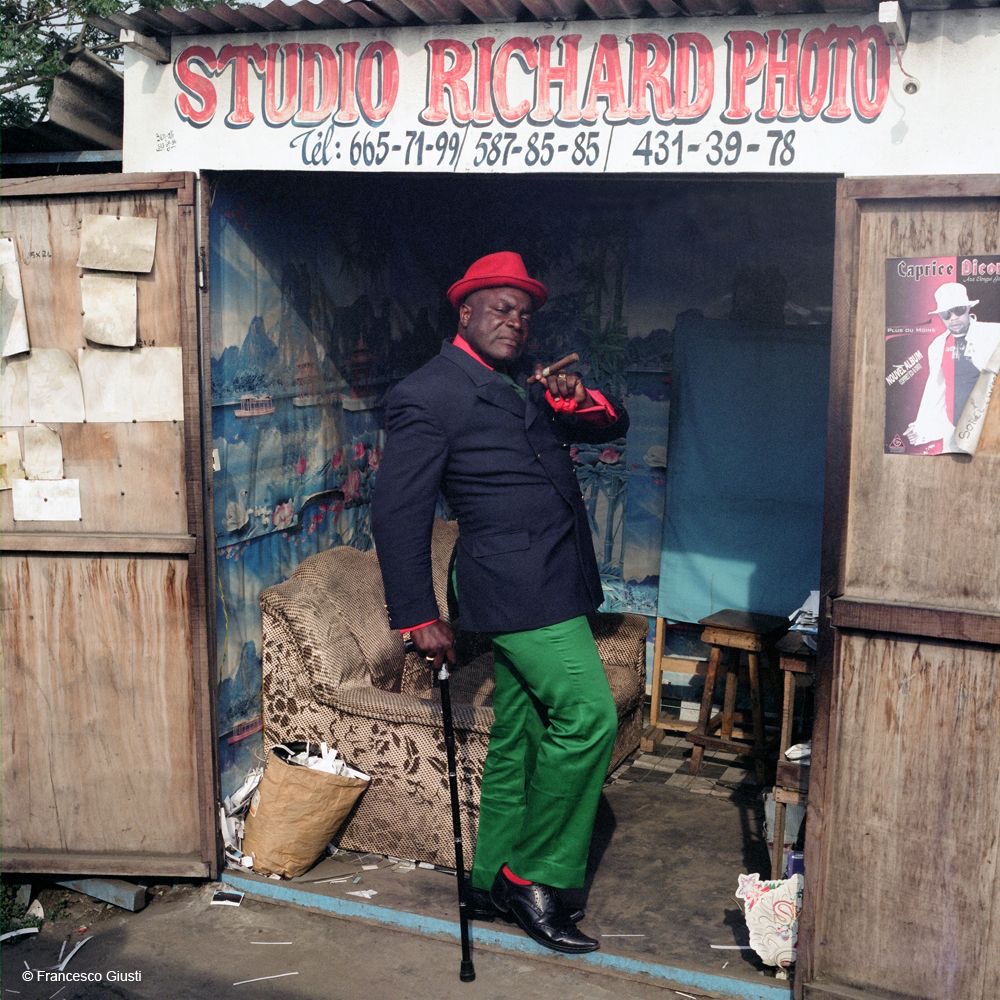
The Sapeurs, known for their elegance, began by transforming what was once forced upon them into a source of pride. Today, La Sapologie is more than fashion. It’s a way to resist being overlooked, to show that style can be a form of freedom.
La Sapologie originated during colonial times, when French and Belgian rulers introduced European suits to Central Africa. Back then, wearing a suit was often expected if you worked for the colonial administration or wanted to be seen as “civilised.” Suits became a symbol of respectability, but they also showed who was allowed into certain jobs, schools, and spaces.
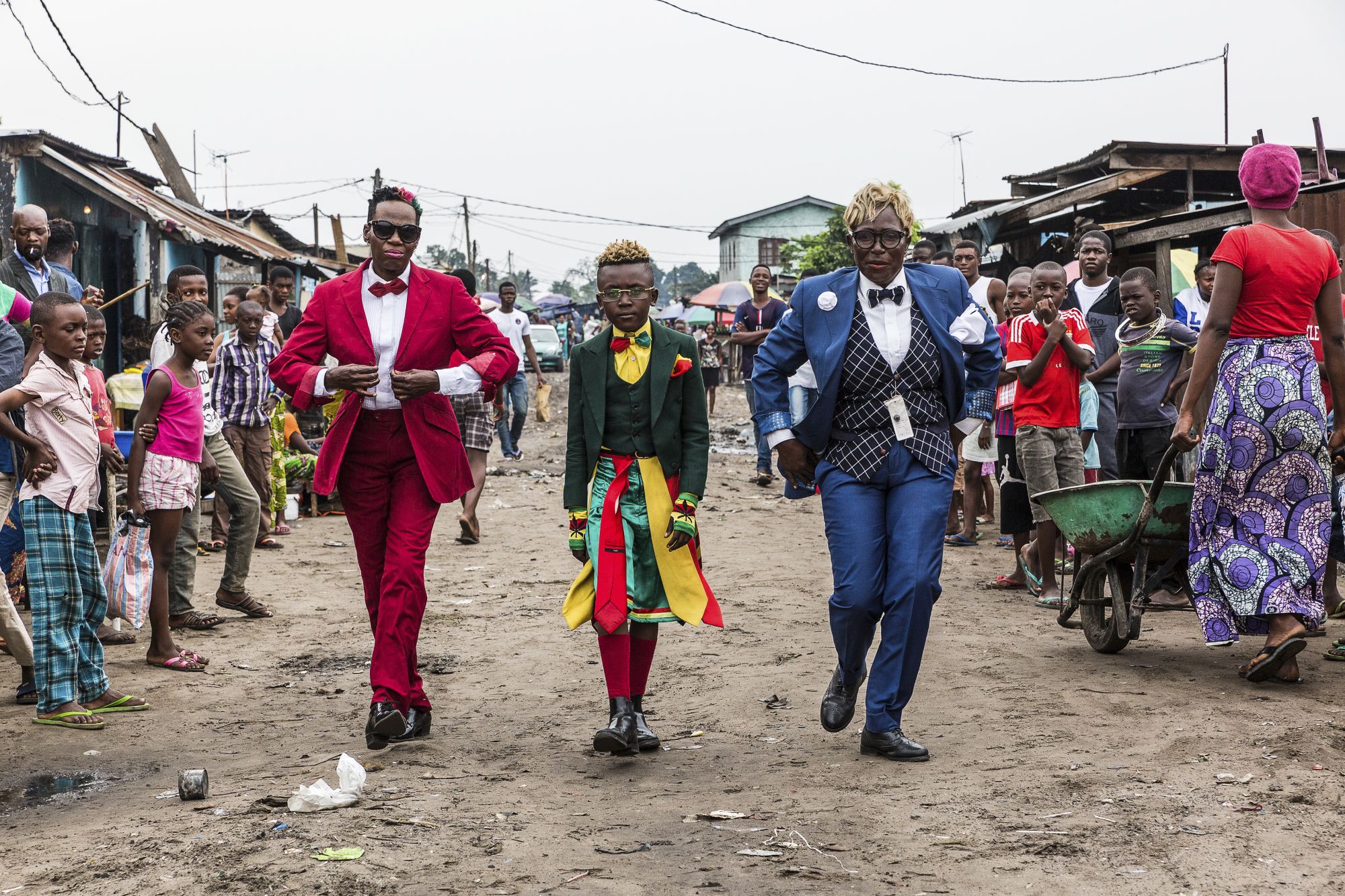
Initially, the suit was a symbol of control. But over time, locals gave it a new meaning. People returning from working abroad would show off fine clothes as proof of success. Tailors and everyday people began adding colour, mixing patterns, and breaking old dress codes to stand out. In the 1970s and 80s, artists like Papa Wemba helped popularise the movement in Kinshasa. Sapeurs turned the streets into runways, showing that style could be joyful and bold. Dressing well became a way to push back against the idea that they should look or act a certain way to be accepted.
La Sapologie has strong roots in both Brazzaville and Kinshasa. While the cities share the same spirit, each has its own style. In Brazzaville, Sapeurs often go for a more classic and elegant look. In Kinshasa, the style is brighter and more playful, with bold colours and designer labels. This demonstrates how La Sape continues to evolve. People take what they see and make it their own.
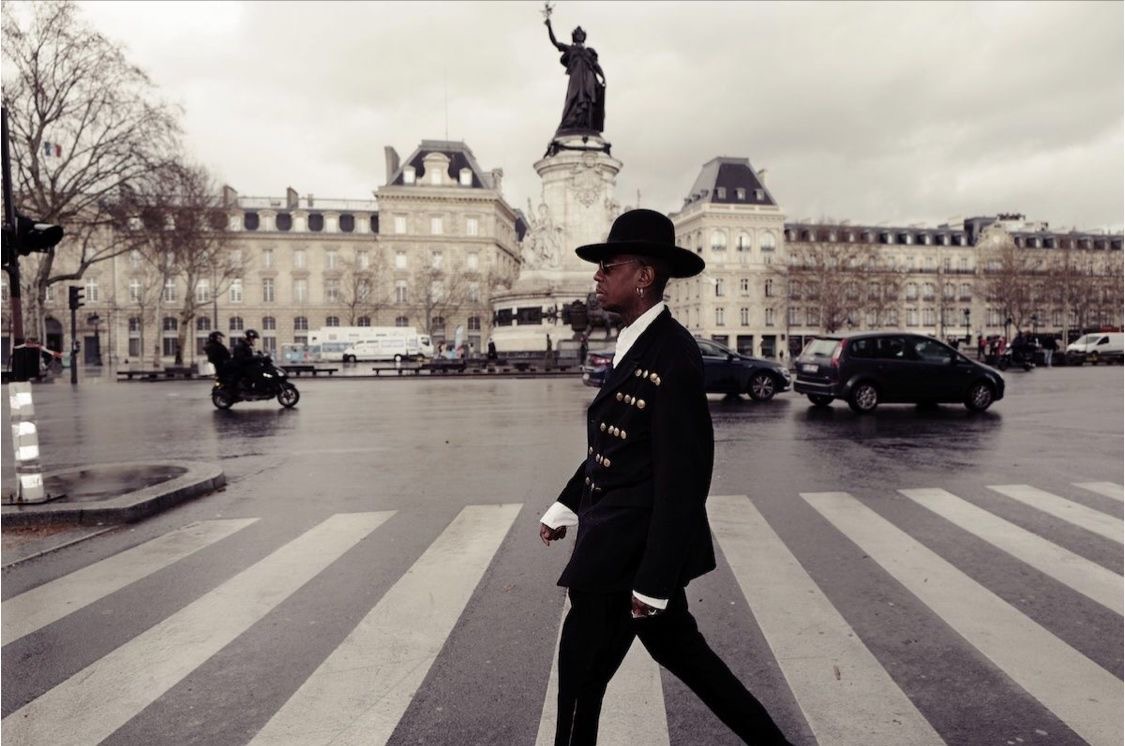
For Sapeurs, designer clothes are not just for showing off. They mix pieces from brands like Yohji Yamamoto and Versace with their own local touches. A sharp suit might be worn with bright sunglasses, colourful ties, or pocket squares that stand out in the crowd. This mix shows that style is not about copying what others wear. It’s about turning designer fashion into something personal. The suit becomes more than a status symbol. It’s proof that people can reshape luxury on their own terms.
La Sapologie is more than just clothes. It’s a way to show pride and freedom through style. For many Sapeurs, dressing up is like wearing a reminder that they can’t be ignored. It’s a performance that turns everyday life into something bigger, a moment of respect, joy, and self-worth. New generations keep it going. They share their looks online, mix old pieces with new brands, and keep pushing the culture forward. La Sapologie demonstrates that fashion is more than just trends. It’s about taking power back, turning history on its head, and proving that style can say what words sometimes can’t.
